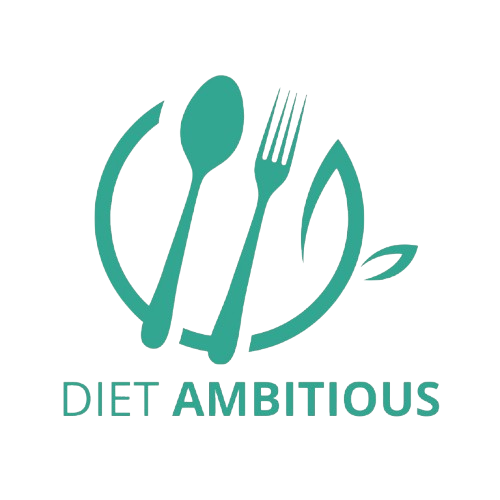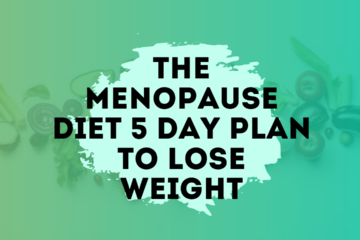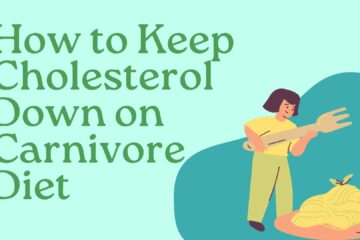Living with GERD can be frustrating, especially when it feels like everything you eat causes discomfort. But the good news? A smart, GERD-friendly diet can make a huge difference.
If you’re looking for Gerd diet plan to reduce heartburn, bloating, and acid reflux, this guide breaks down exactly what foods help and what foods to avoid so you can eat with more comfort and confidence.
Table of Contents
What Is Gerd Diet and Why does it matter?
GERD is a condition where stomach acid regularly flows back into the esophagus, causing symptoms like heartburn, a sour taste in the mouth, chest pain, and sometimes even nausea.
Diet plays a big role because certain foods can relax the lower esophageal sphincter (LES) or increase acid production, making symptoms worse. Avoiding these triggers and choosing more soothing options can help control GERD naturally.
Best Foods to Eat on a GERD Diet
These foods are low in acid, non-spicy, and less likely to irritate your stomach or esophagus.
1. Oatmeal
A great, bland breakfast that soaks up acid and keeps you full.
2. Ginger
Natural anti-inflammatory and great for digestion. Try ginger tea or add fresh ginger to meals.
3. Leafy Greens
Spinach, kale, and lettuce are low-acid and packed with nutrients.
4. Bananas and Melons
These fruits are low in acid and easy on the stomach.
5. Whole Grains
Brown rice, whole wheat bread, and quinoa support digestion and reduce acid.
6. Lean Proteins
Skinless chicken, turkey, tofu, and fish are great sources of protein without high fat.
7. Non-Citrus Vegetables
Carrots, broccoli, green beans, cucumbers, and zucchini are GERD-safe options.
8. Low-Fat Yogurt or Plant-Based Alternatives
These can soothe the stomach lining, but avoid flavored yogurts high in sugar or fruit acid.
Foods and Drinks to Avoid with GERD
These are the most common GERD triggers and should be limited or cut out if symptoms are frequent.
1. Spicy Foods
Hot sauce, chili peppers, and spicy curries can irritate the esophagus.
2. Citrus Fruits
Oranges, lemons, limes, and grapefruits are highly acidic and can worsen reflux.
3. Tomato-Based Products
Tomato sauce, salsa, and ketchup are common triggers.
4. Fried and Fatty Foods
French fries, burgers, and greasy snacks delay stomach emptying and increase reflux.
5. Chocolate
Contains caffeine and fat, both of which can loosen the LES.
6. Caffeine
Coffee, black tea, and energy drinks may trigger symptoms in sensitive individuals.
7. Alcohol
Wine, beer, and spirits relax the LES and increase acid production.
8. Carbonated Drinks
Soda and sparkling water can cause bloating and pressure on the stomach.
Sample One-Day GERD-Friendly Meal Plan
Breakfast
Oatmeal with almond milk and sliced bananas
Chamomile or ginger tea
Lunch
Grilled chicken breast
Steamed broccoli and brown rice
Water or herbal tea
Snack
A small handful of almonds
A slice of whole grain toast
Dinner
Baked salmon with zucchini and quinoa
Cucumber slices with hummus
Tips for Managing GERD Through Diet
- Eat smaller meals more often
- Avoid lying down for at least 2–3 hours after eating
- Keep a food diary to track what triggers symptoms
- Chew your food slowly and thoroughly
- Stay upright after meals to help digestion
Final Thoughts
Following a GERD-friendly diet doesn’t mean your meals have to be boring or bland. It’s all about choosing the right foods, watching portion sizes, and understanding what triggers your symptoms. The more consistent you are, the more likely you’ll start to feel relief.
If you’ve been struggling with acid reflux, try following this plan for a few weeks. You might be surprised by how much better you feel.




